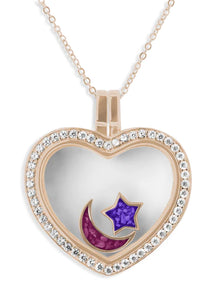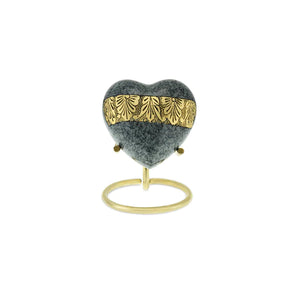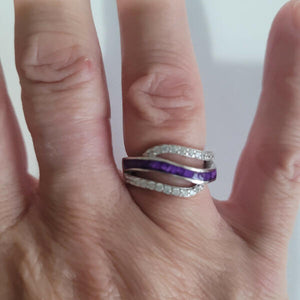Cremation facts and answers to the questions you might want to ask

Here are some cremation facts and figures that you may find interesting and even surprising.
Cremation figures
Currently, almost eighty percent of people in the UK choose cremation.
The average cost of a cremation is around £800, but varies depending on the location and the service requested. This is about 40% less expensive than a burial.
Cremation facts
The family can choose the clothes they want their loved one to wear for the cremation.
You can place sentimental items in the coffin with the body.
Relatives can select the coffin. Many people choose a simple coffin as it will be totally reduced to ashes during the incineration process. Wooden coffins are the most usual choice, however, wicker and paper coffins are becoming more common for cremations.
A pacemakers can explode during the cremation process, and the pathologist should remove it from the body before cremation.
The deceased can wear jewellery during the creamtion and the crematorium staff will retrieve this from the ashes afterwards, and return it to the relatives.
Cremation takes between one and three hours.
The high temperature that the cremator reaches reduces the body tissues and bones to ashes. However, bone fragments often remain. These pass through a process called pulveriszation, which grind them to a powder, before giving the ashes to the family.
Most crematoriums permit spectators.
Many crematoriums now offer a cheaper rate for a direct cremation. This is ideal for families who do not want to be present and/or do not mind the time the cremation occurs.
Cremators only have room for one coffin. There is no risk of the ashes getting mixed with others, or returning the wrong ashes to the family. Crematoriums have strict rules of operation that ensure complete confidence in the process.
There are exceptions to the one person rule. The cremation of a mother and her baby, or small twin children can take place, if requested.
The crematorium or the funeral director usually returns the ashes to the family in a couple of days. They normally come in a simple box or container, so many people choose to purchase a special urn in which to place their loved one's precious remains.
Historical cremation facts
In 1885 there was just one crematorium in the UK. A total of 597,537 people died that year and there were just three cremations. By 1892, a second crematorium had opened and the total number of cremations climbed to 107. Over the following years, more crematoriums came into existence and by 1905 there were thirteen. Nearly five hundred and seventy cremations took place during that year. After the first world war, the number of crematoriums rose by just one, but the number of cremations increased to 1,721 in 1918.
The 1930s saw several more crematoriums come into being, and by the start of the second world war, a total of fifty-four crematoriums performed 17,670 during 1939. By the end of the war, the number of yearly cremations more than doubled, to 38,274 cremations in 1945.
Cremation figures continued to rise steadily, and by 1985 the yearly figure was over 400,000 cremations in 222 crematoriums around the UK. Since then, the number of cremations performed each year has fluctuated around this mark. In 2015 the numbers started to rise again, and in 2019, there were 428,041 cremations in the 307 existing crematoriums.
Since the onset of the Cornonavirus crisis, cremations have become even more commonplace, and it is likely that the figures for 2020 and 2021 will reflect this.







